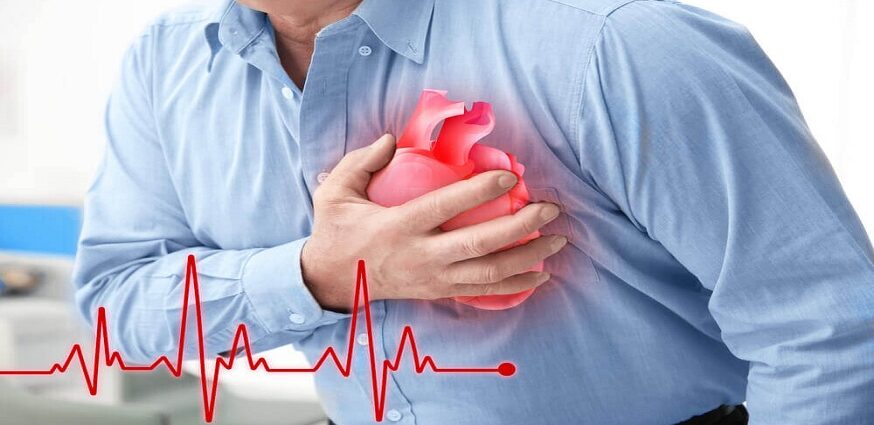Imagine this. You’re in the middle of a bustling city, the sun is shining bright, and you’re in Scottsdale Vascular Clinic, eagerly waiting to meet your cardiologist. Suddenly, a man across the room clutches his chest, his face contorts in pain – he’s having a heart attack. Now, imagine being the cardiologist in that room. It’s a high-pressure situation, but it’s what they’ve trained for. Their role? It’s simple, yet complex. They must act quickly, correctly, and with precision. This is the world of a cardiologist during a heart attack. Let’s dive into their crucial role.
Immediate Response
The moment a heart attack strikes, the clock starts ticking. Like a well-oiled machine, the cardiologist springs into action. There are three key steps:
- Stabilize the patient
- Diagnose the severity of the heart attack
- Begin the appropriate treatment
Every second counts. They’re not just fighting against time, but against the relentless onslaught of damage to the heart muscle.
The Diagnostic Challenge
Not all heart attacks are created equal. Some are silent killers, lurking in the shadows with subtle signs. Others are full-blown crises, screaming for attention with acute pain. The cardiologist’s task is to read these signs – a complex puzzle that helps them gauge the severity of the heart attack. This is where years of training and experience come into play.
Treatment: A Balancing Act
Once the severity of the heart attack is determined, the cardiologist has to decide on the best course of action. This isn’t a one-size-fits-all process. Depending on the type and severity of the attack, treatment could range from medication to surgery. Balancing immediate relief and long-term recovery is a delicate dance – one that the cardiologist has perfected over time.
Aftercare: The Long Road Ahead
The cardiologist’s job doesn’t end with successful treatment. There’s a long road of aftercare – a path of recovery that needs rigorous monitoring. Regular check-ups, lifestyle changes, and medication adjustments are all part of the package. The cardiologist, in essence, becomes a gatekeeper – the one ensuring that the patient doesn’t slip back into danger.
Final Thoughts
In the face of a heart attack, the cardiologist is a warrior. Their weapon? Knowledge. Their armor? Training. Their battlefield? The human heart. They navigate through challenges and complexities, ready to fight for every heartbeat. This is the world of a cardiologist during a heart attack – a world of precision, quick decisions, and relentless dedication to saving lives.

